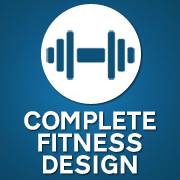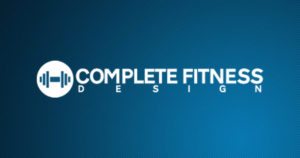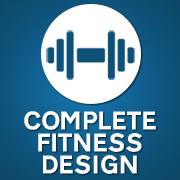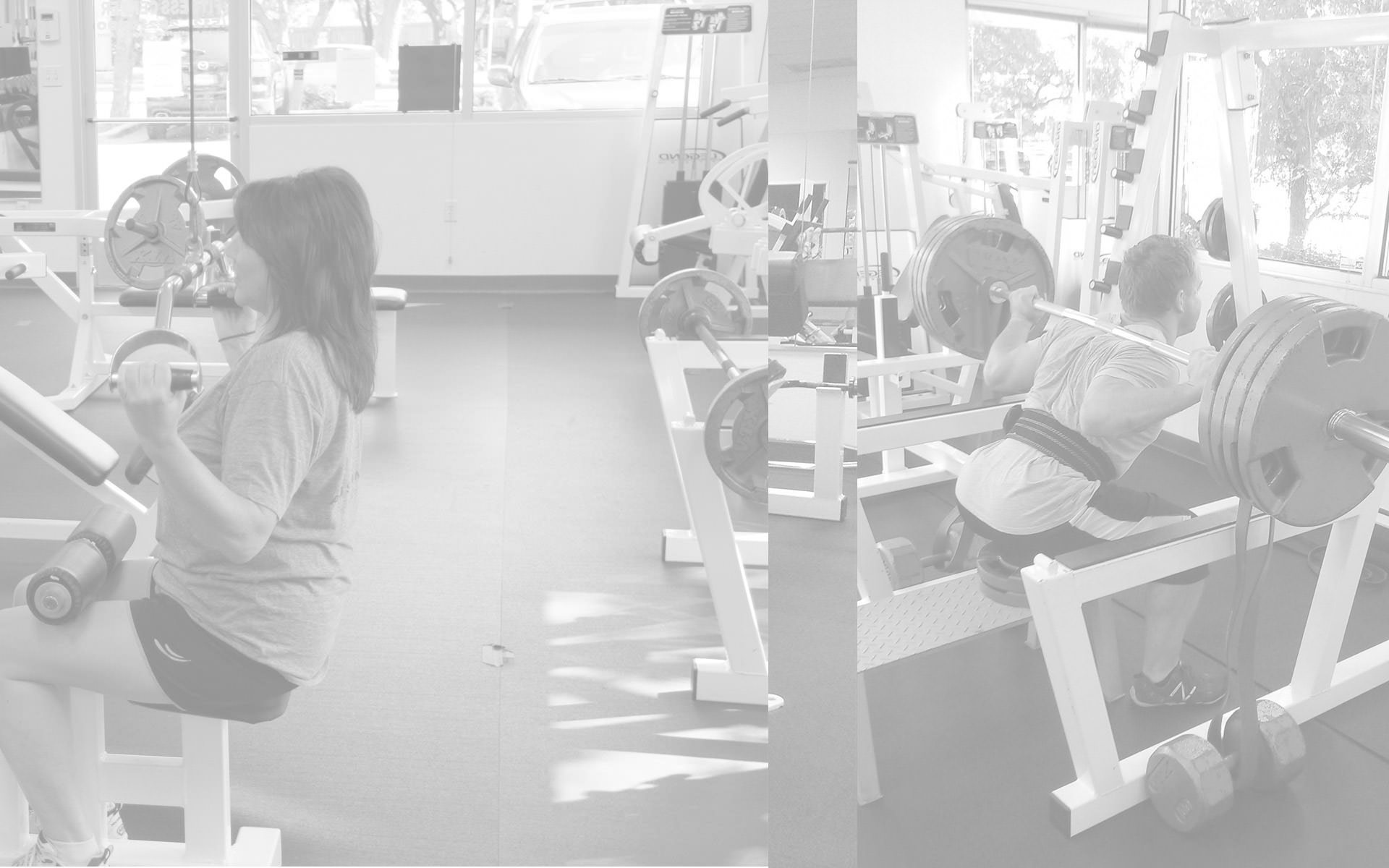Balancing Cardio and Weightlifting Is Tricky
22 years ago, when I began offering professional personal training in Austin and became a gym owner as well, a decade or so later, one of the most frequently asked questions of me has dealt with how to go about balancing cardio and weightlifting sessions in the gym. It’s a seemingly simple question, but in reality, it’s far more complex once you scratch the surface. The reason for the complexity lies in the divisiveness of the clients. With personal training, you must keep it personal. That means that people have different requirements for exercise, corrective flexibility, nutrition, recovery times, etc. It would be convenient to throw out some generic formula of how to balance cardio with weight lifting such as 20 minutes of this followed by 30 minutes of that, but in truth, those statements are useless unless they’re tailored to the individual.
Balancing cardio and weightlifting in your workouts is going to be tricky, no matter which way you approach it, and no matter who you are, so long as you have a goal that relies strongly upon both.
If, for example, you are looking to gain some size, while staying lean, this is going to be one of the most complex scenarios. Breaking down the concept for a moment, if we have to eat enough to gain weight, as well as fuel the workouts, including muscle growth, there’s bound to be some left over calories ingested which naturally, will turn to fat. No problem, just do some cardio and burn them off so you don’t get fat. Great, but how much do you need to burn off on each day, as each day will be different depending upon what you do for a weight lifting routine? Furthermore, how many calories do you personally burn in a minute, 5 minutes, or an hour? What is your true VO2 max measurement? You can’t rely upon what the readout on your treadmill is telling you as far as your heart rate goes because they are notoriously unreliable. Fit Bit devices, heart rate bracelets, and the like have been shown to be as equally unreliable as well. Besides that, what if you had an accurate heart rate monitor, you still wouldn’t be any closer to knowing how many calories you burn by doing the antiquated and fictitious maximum heart rate formula of subtracting your age from the number 220.
Balancing cardio and weightlifting, as you can see, is a pretty complex proposition, if you’re looking to get beyond a mere approximation or a random formulaic concoction. You can Google any number of articles that tell you the magic formula, but that’s nonsense. How could there be a magic formula when there are far too many parameters and variables to consider on an individual basis? If you’re truly interested in balancing cardio and weight lifting, the first order of business is to decide which you need more of, and why. Are you a cyclist looking to gain more strength in your core and leg muscles, but don’t want to get over your ideal performance weight? Are you a football wide receiver who needs to bulk up without getting too heavy and thus lose agility and speed? Are you simply someone who wants to take up a little space in the world without getting over sized love handles?
Balancing cardio and weightlifting is going to be either scientific, or simply a process of going by feel. For example, if you’re a professional, or semi professional athlete, a swimmer, for example, and you need to build more muscle for stronger latissimus dorsi muscles to improve your freestyle stroke, as well as your gluteals, so you can perform a more powerful flip turn at the end of the pool, you may consider the scientific approach to the question. Feel is certainly important, but when there’s more on the line, such as contracts and sponsorships, you may want to get it exactly right as opposed to close enough.
The scientific method of balancing cardio and weightlifting is to go to a certified clinic and get your VO2 max. This is not a measurement of how much oxygen your body can take in, but actually use. You will also need to know your true maximum heart rate which ideally is done on a treadmill and referred to as a stress test. Lastly, you’ll need to have your BMR, or Basal Metabolic Rate calculated. There are plenty of formulas for this, but they are as equally ineffective as the aforementioned maximum heart rate calculator where you subtract your age from the number 220, and presto, that’s your maximum heart rate. The last thing you’ll need is your REE, or Resting Energy Expenditure. That will let you know how many calories you burn while you’re at a standstill, so to speak.
Once you’ve plugged in all of these numbers, you can accurately go about plotting your food requirements for not only your regular bodily functions, but your workouts, muscle building as needed, and of course, your cardiovascular work so you can burn off the extra calories.
The other, and far easier method for figuring out balancing cardio and weightlifting is simply to experiment with it and see how you look, as well as how you feel. Olympic level athletes aren’t likely to go this route, but the rest of us certainly can. In this case, all that is required is for you to take a few bodily measurements, including your weight, and go about your business working out. If you find you are growing muscle at a reasonable and satisfactory pace, but are adding a little to the midsection, you can increase the cardio. If your weight training is suffering, back off the cardio a little and put more emphasis on the weights.
Balancing cardio and weightlifting is something that can be very complex, or almost a no brainer. It just depends upon your goals, and how much time, effort, and expense you want to invest in figuring it out, and to what level.
Ready to Get Started?






